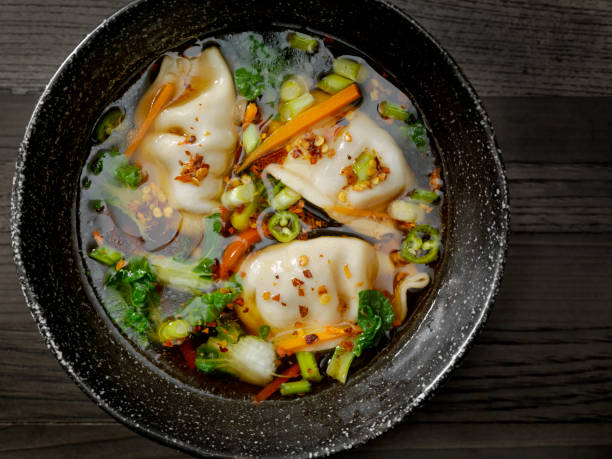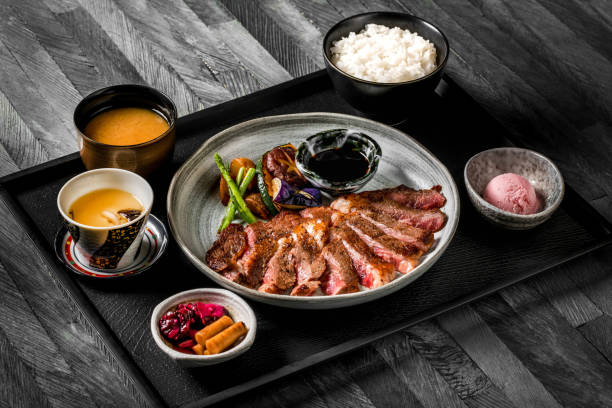Introduction
Bibimbap, a Korean culinary masterpiece, translates to “mixed rice” in English. This vibrant and flavorful dish is a harmonious blend of rice, vegetables, protein, and a spicy gochujang sauce that elevates it to new heights. In this guide, we’ll walk you through the steps to create an easy and delicious Bibimbap at home, with a special focus on making an irresistible gochujang sauce to drizzle over the top.
Ingredients
For the Bibimbap:
- 2 cups cooked short-grain rice
- 1 cup julienned carrots
- 1 cup thinly sliced shiitake mushrooms
- 1 cup spinach, blanched
- 1 cup bean sprouts, blanched
- 1 cup thinly sliced cucumber
- Four fried eggs
- Sesame oil for drizzling
- Sesame seeds for garnish
For the Gochujang Sauce:
- Three tablespoons gochujang (Korean red pepper paste)
- Two tablespoons of soy sauce
- One tablespoon honey
- One tablespoon rice vinegar
- One teaspoon sesame oil
- Two cloves garlic, minced
- One teaspoon grated ginger
- Two tablespoons water (adjust for desired consistency)
Preparing the Bibimbap
- Cook the Rice: Start by cooking the short-grain rice according to the package instructions. Once cooked, set it aside.
- Prepare the Vegetables: Julienne the carrots, slice the shiitake mushrooms, blanch the spinach and bean sprouts, and thinly slice the cucumber. These colorful and fresh vegetables will form the base of your Bibimbap.
- Fry the Eggs: In a pan, fry four eggs sunny-side-up or according to your preference. Set them aside.
- Assemble the Bibimbap: In individual bowls, arrange the cooked rice, placing each vegetable in its section around the edges of the bowl. Top the center with a fried egg.
- Drizzle with Sesame Oil: Just before serving, drizzle a bit of sesame oil over each bowl. This adds a nutty flavor and enhances the overall richness of the dish.
Making the Gochujang Sauce
- Combine Ingredients: In a small bowl, whisk together the gochujang, soy sauce, honey, rice vinegar, sesame oil, minced garlic, and grated ginger. This combination creates a sauce that perfectly balances spice, sweetness, and umami.
- Adjust Consistency: Add water to the sauce to achieve your desired consistency. If you prefer a thinner sauce, add a bit more water and adjust the seasoning accordingly.
- Taste and Adjust: Taste the sauce and make any necessary adjustments. You can add more honey for sweetness, soy sauce for saltiness, or gochujang for extra heat.
Serving and Enjoyment
Once you have assembled your Bibimbap bowls and prepared the Gochujang sauce, please bring them to the table and let everyone mix their dish. Drizzle the Gochujang sauce generously over the top and sprinkle sesame seeds for a final touch. The result is a visually stunning and deliciously flavorful Bibimbap that captures the essence of Korean cuisine.
Conclusion
Creating an easy Bibimbap with Gochujang sauce at home is a delightful culinary adventure. With vibrant vegetables, perfectly cooked rice, and the bold flavors of the Gochujang sauce, this dish showcases the beauty and complexity of Korean cuisine. Gather your ingredients, follow the simple steps, and savor the rich and diverse flavors of Bibimbap.




